A Week in the Bush Vol. 482
on Nov 22, 2023With the gradual change of season, we are starting to see different animals returning for the summer months. One of these creatures is the Leopard Tortoise. After a good amount of rain that fell through the night, we found this tortoise crossing the road. Their diet includes a large variety of plant matter including grass shoots, fruits, and succulents, but you can even find them gnawing on bones for an extra source of calcium.
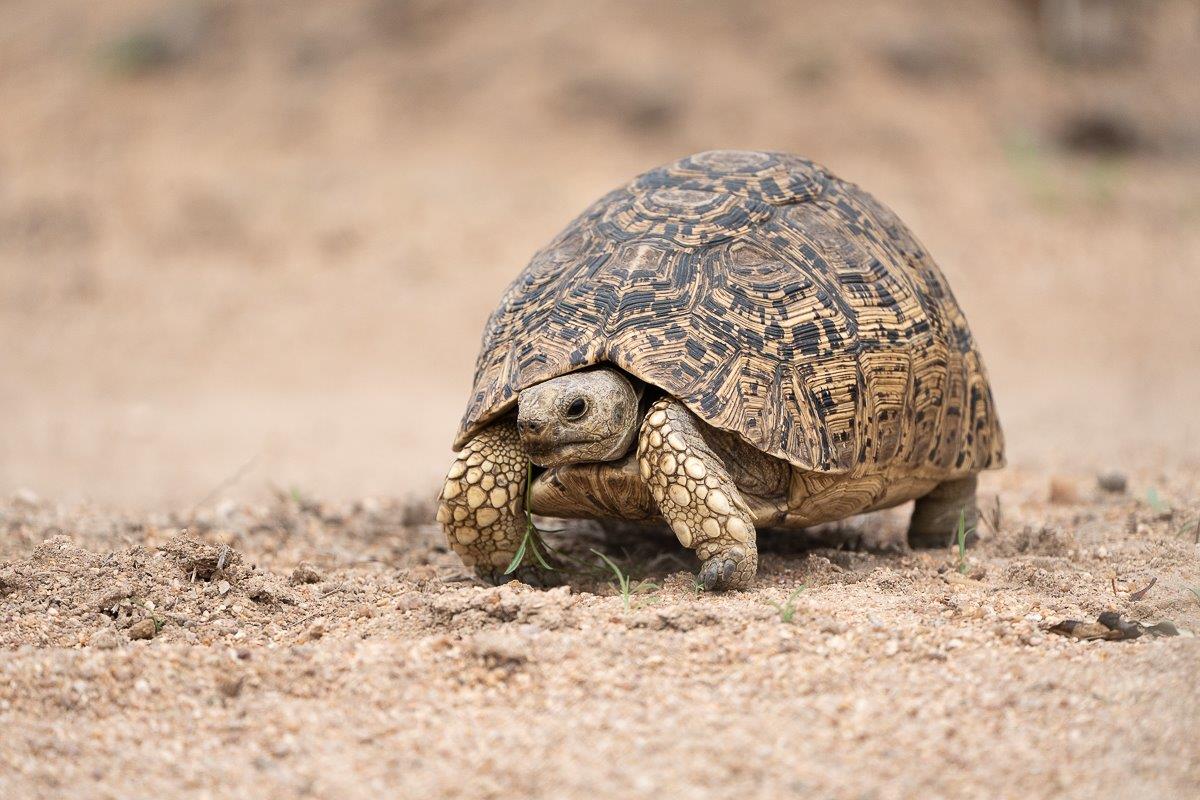
One of the most majestic animals out in the bush - the male Kudu has a presence about them as you get the "king of the antelope" feeling. Kudu bulls are known to rub their horns in mud to appear bigger and more intimidating to their rivals.
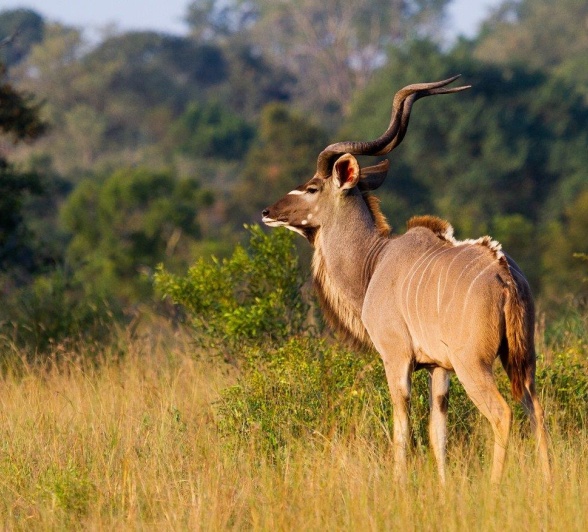
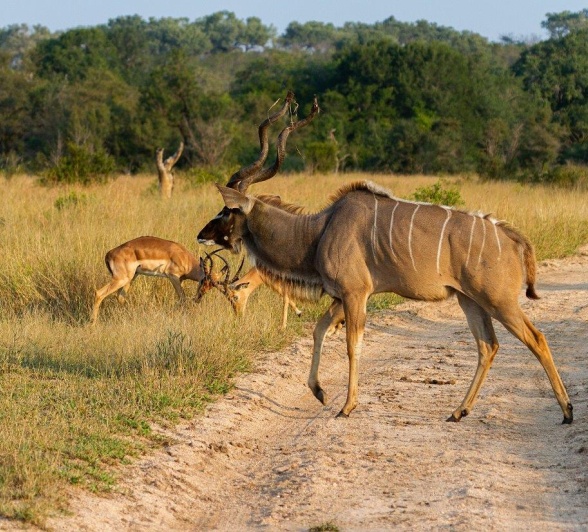
A cool, damp morning revealed a lone White-backed vulture roosting on the bare bones of a dead tree. The bird remained motionless as we approached, seemingly asleep. Upon closer inspection, the bird was awake and instead just soaking in the warm rays of morning sunlight, drying out its feathers from the rain of the previous days.
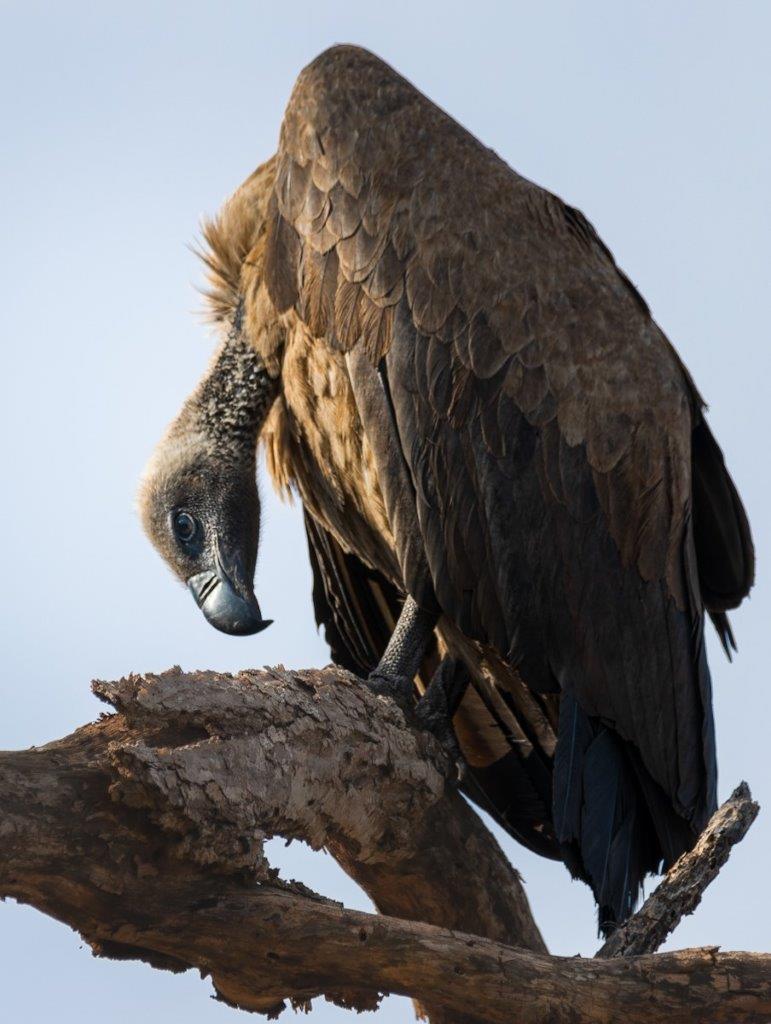
A common primate that you will most likely see at Sabi Sabi is a Chacma Baboon. They are large, hairy terrestrial primates and are often seen foraging on the ground or high up in tree branches, where they will sleep for the night. They are omnivores, feeding on a wide range of food, and are quite adaptable to what is available in their area. This individual was looking for any invertebrates in and on a termite mound that it could snack on.
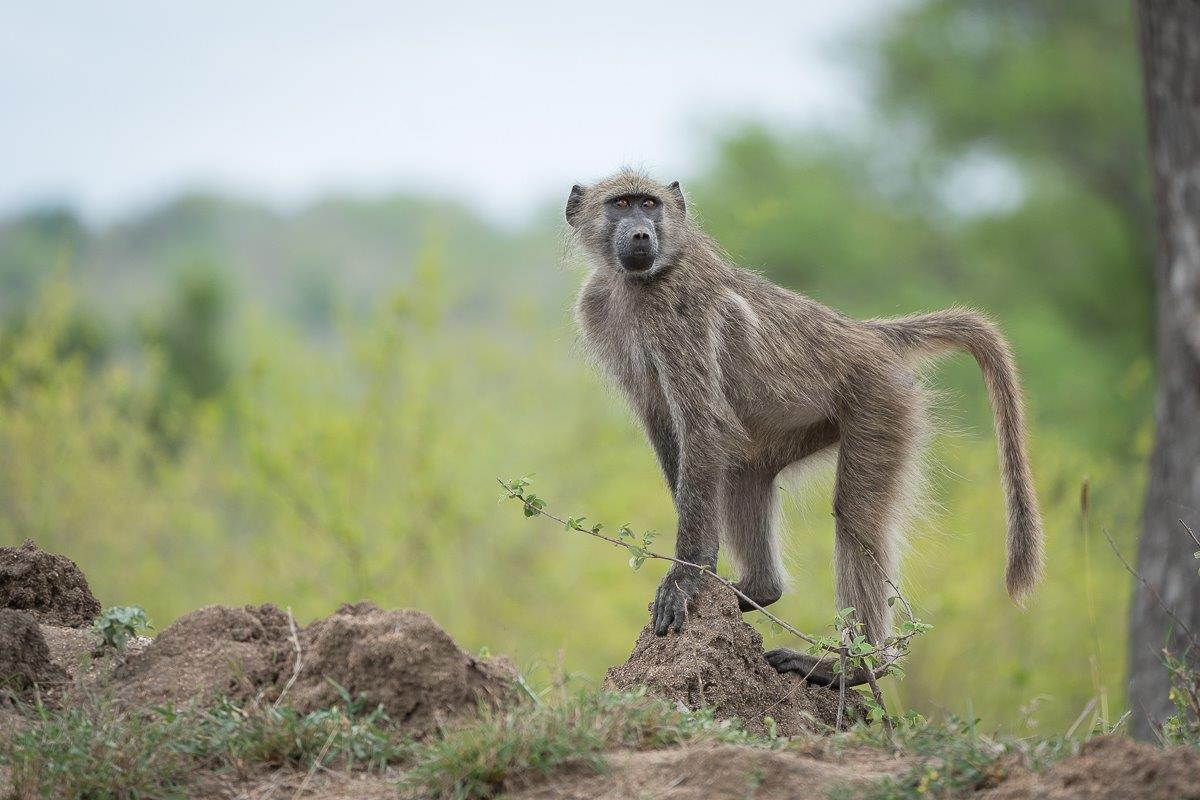
A tiny bird caught our attention as it zipped through a thorny bush. A Long-billed Crombec quickly appeared just enough time for us to get a good look at it. In Afrikaans, this bird is known as a “Bosveldstompstert” which, if you translate it to English, means a Bushveld short tail. Definitely living up to both its English and Afrikaans name!
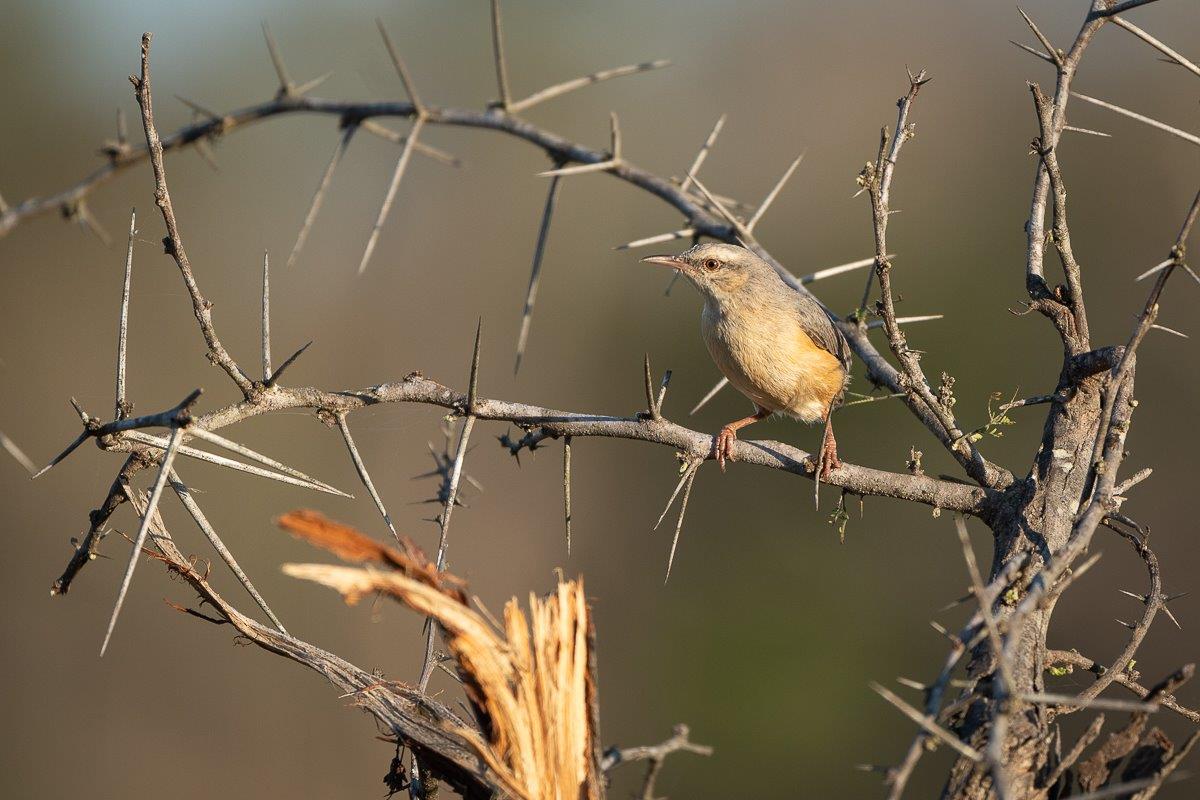
A female Southern Tree Agama blends very well into her surroundings. When feeling threatened, these agamas will cling onto a tree trunk and only go down to the ground to move from one tree to another. The males might be easier to spot as they have an electric blue head during breeding season, which is during spring and summer.
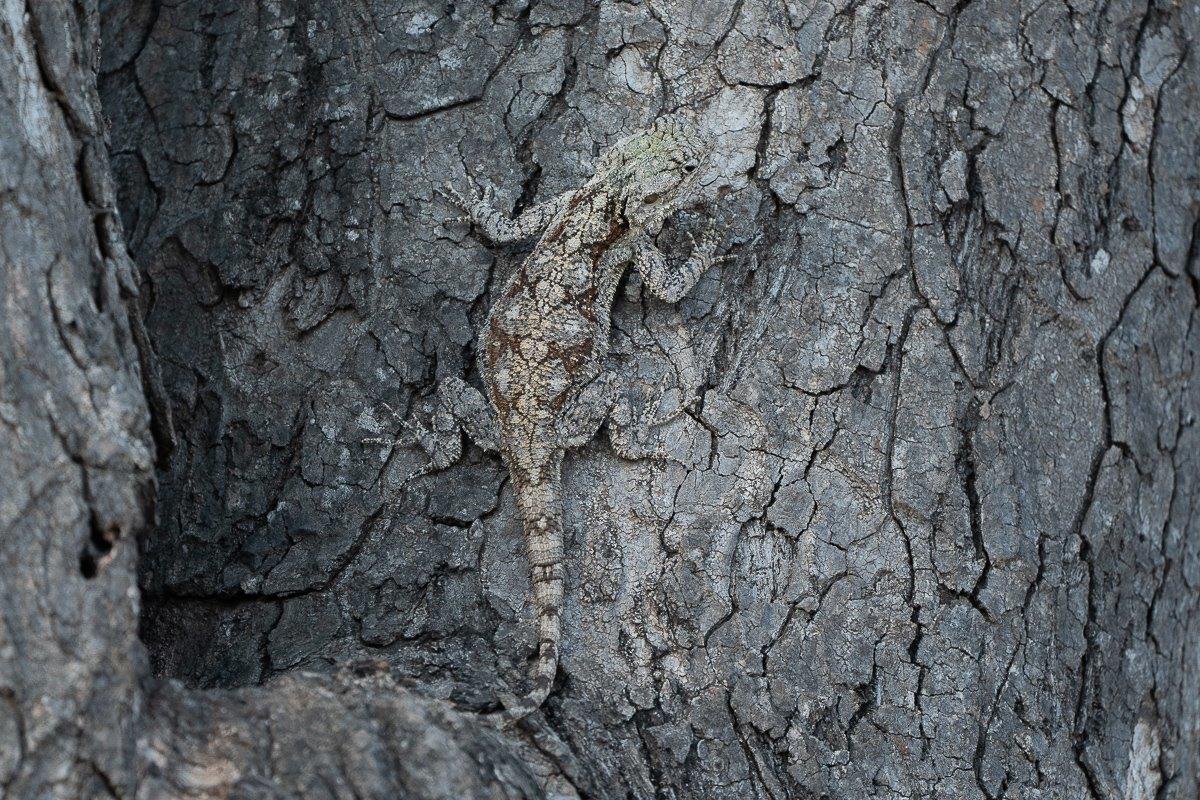
This dominant wildebeest stands proud like the prince of the savannas looking out for any potential challenge to his land. For now, accompanied by his females this Wildebeest enjoys the company of his fellow herd members.
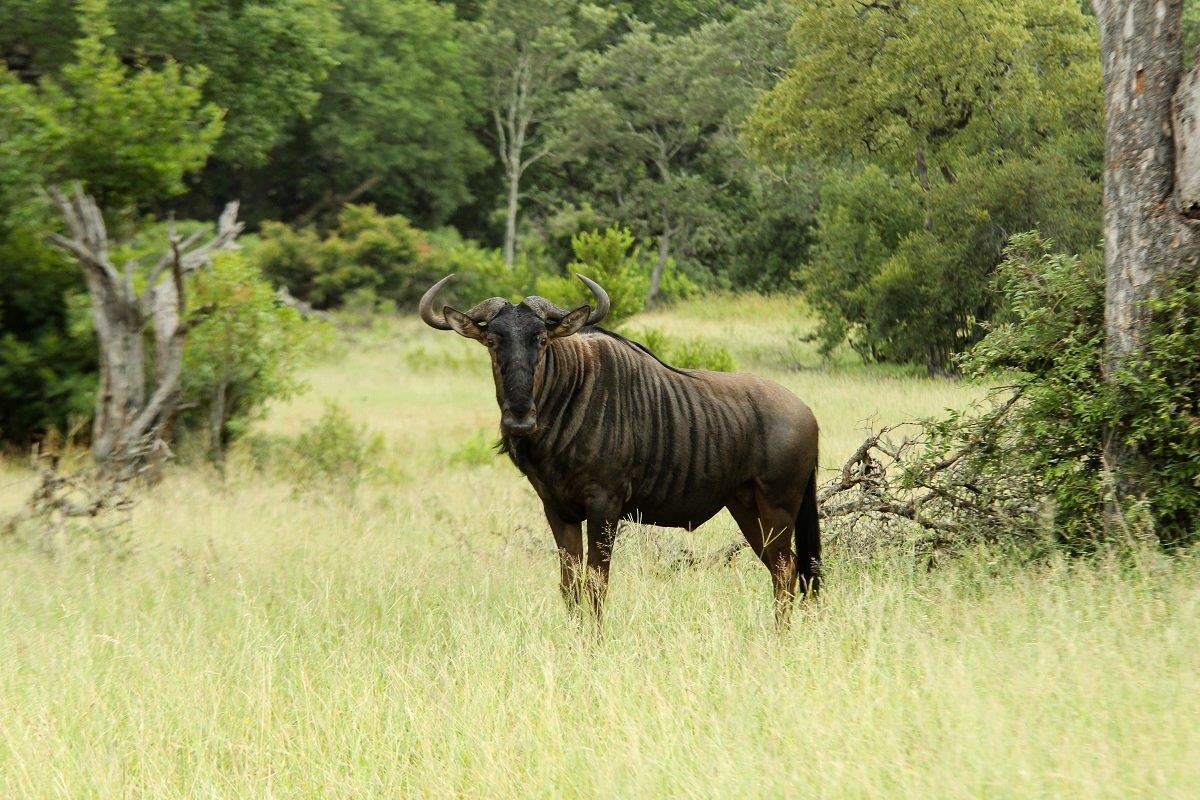
Wet, overcast conditions created the atmosphere for a particularly dark night; all but the tracker's spotlights could light up the darkness. The searching beams of light revealed a glimmer of something moving through the inky blackness. It moved slowly yet with seeming purpose; the shadows worked hard to disguise the identity of the mysterious animal. We continued moving to find somewhere the shadows could be chased away. Eventually, the hulking figure emerged into the light, the N'weti male leopard.
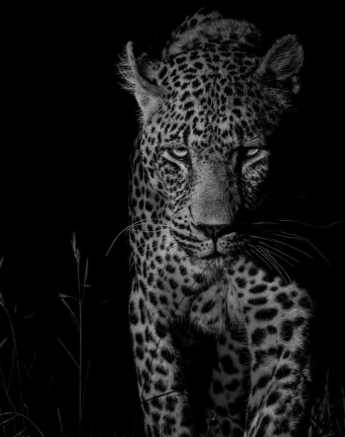
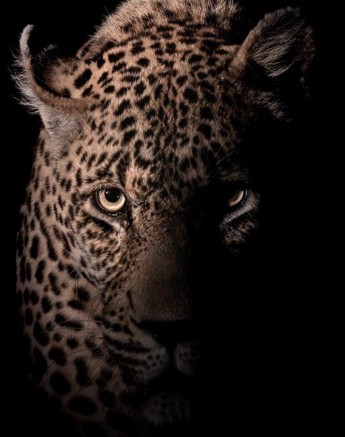
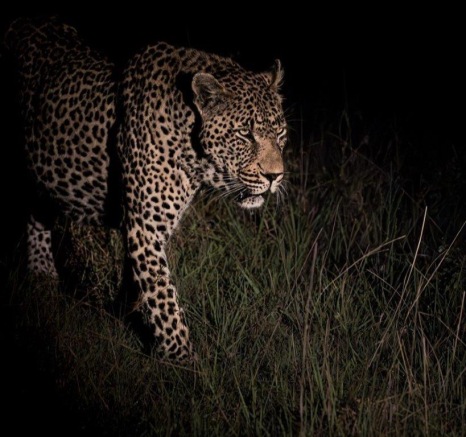
Leopards are often number one on safari-goers to see list, and with good reason. Leopards are breathtakingly beautiful, charismatic, powerful, and mysterious, each with unique physical features and personalities. Golonyi female fits this description perfectly. Her green eyes, with a dot below the left eye is a quick way to identify this young female. If her physical appearance is not enough, spending just a few moments with her will showcase her curious personality and innate ability to show off for the camera by putting on the most beautiful poses.
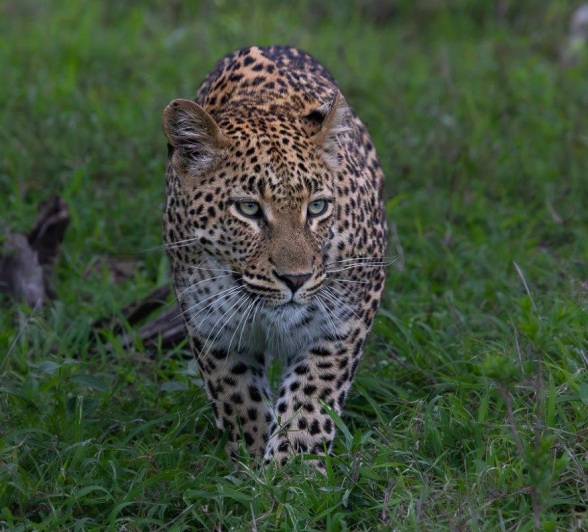
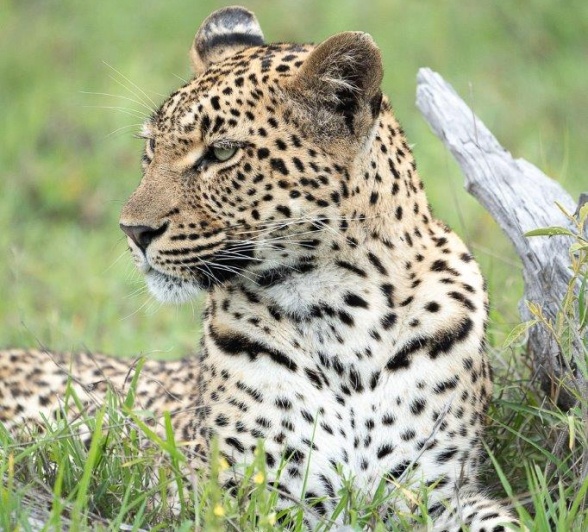
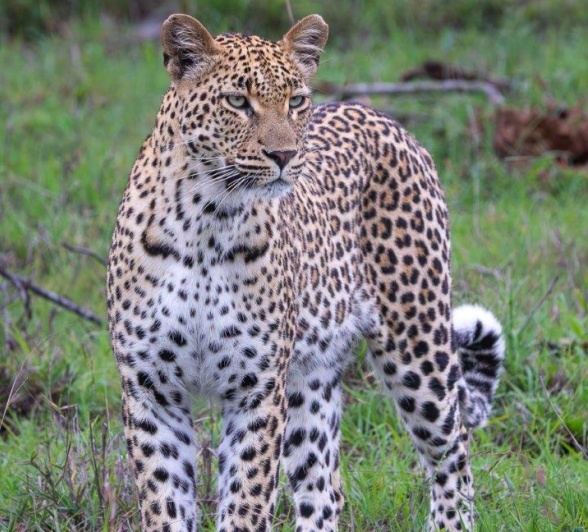
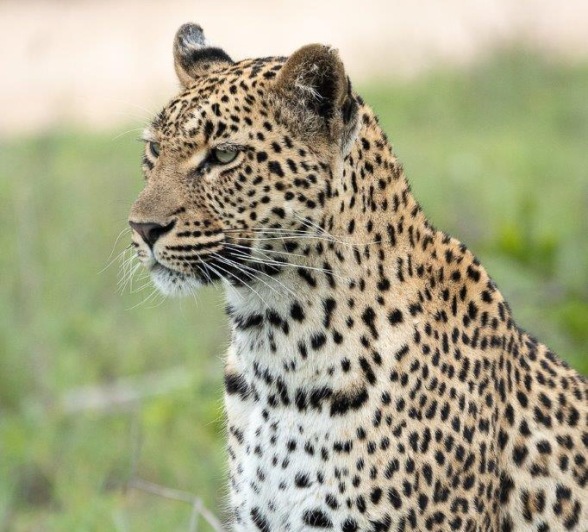
Early morning led us on a trail straight to the mother of the moment, the Ntsumi female, along with her two ever-growing, beautiful young cubs. She was on the move, cubs in tow until there was a burst of speed straight into a small thicket. She emerged from the thickets, and the moment of chaos was understood. The leopard stumbled upon an unfortunate impala lamb quietly lying in the brush. Ntsumi carried her fortuitous meal off to a nearby tree, where she effortlessly scaled the side of the tree. Soon enough, her cubs joined her at the base of the tree, seemingly daunted by the prospect of what they had to climb.
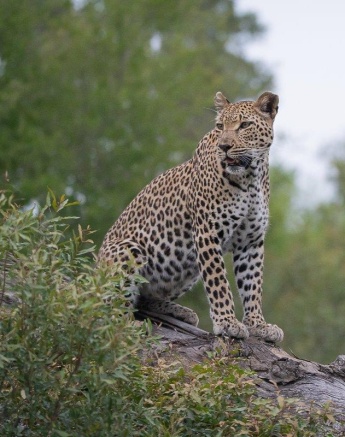
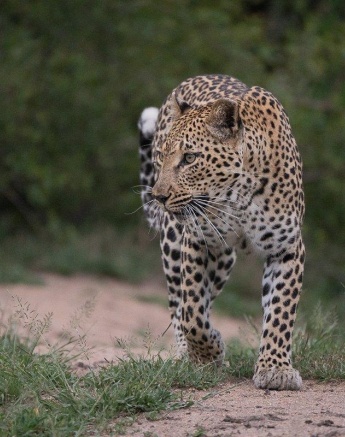
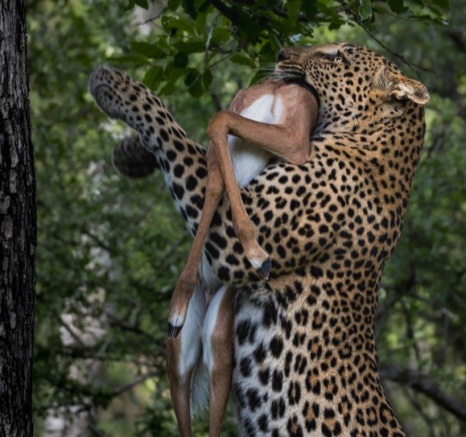
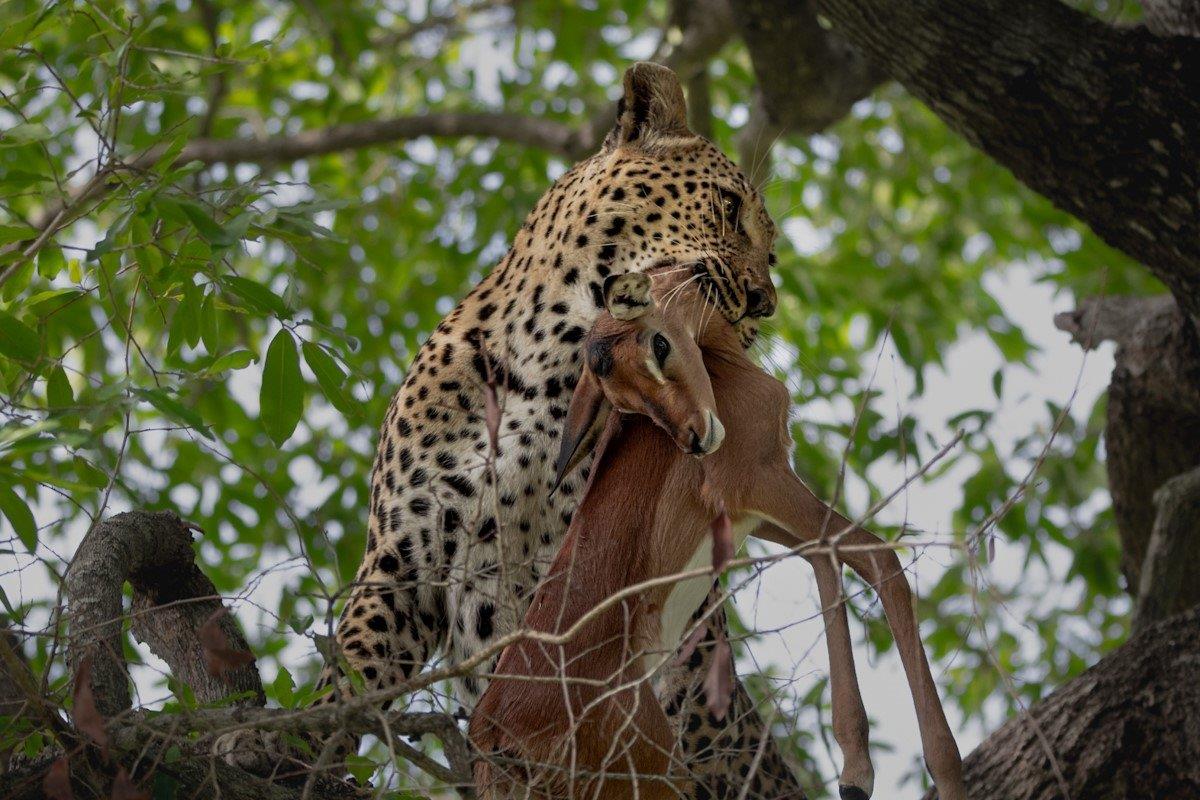
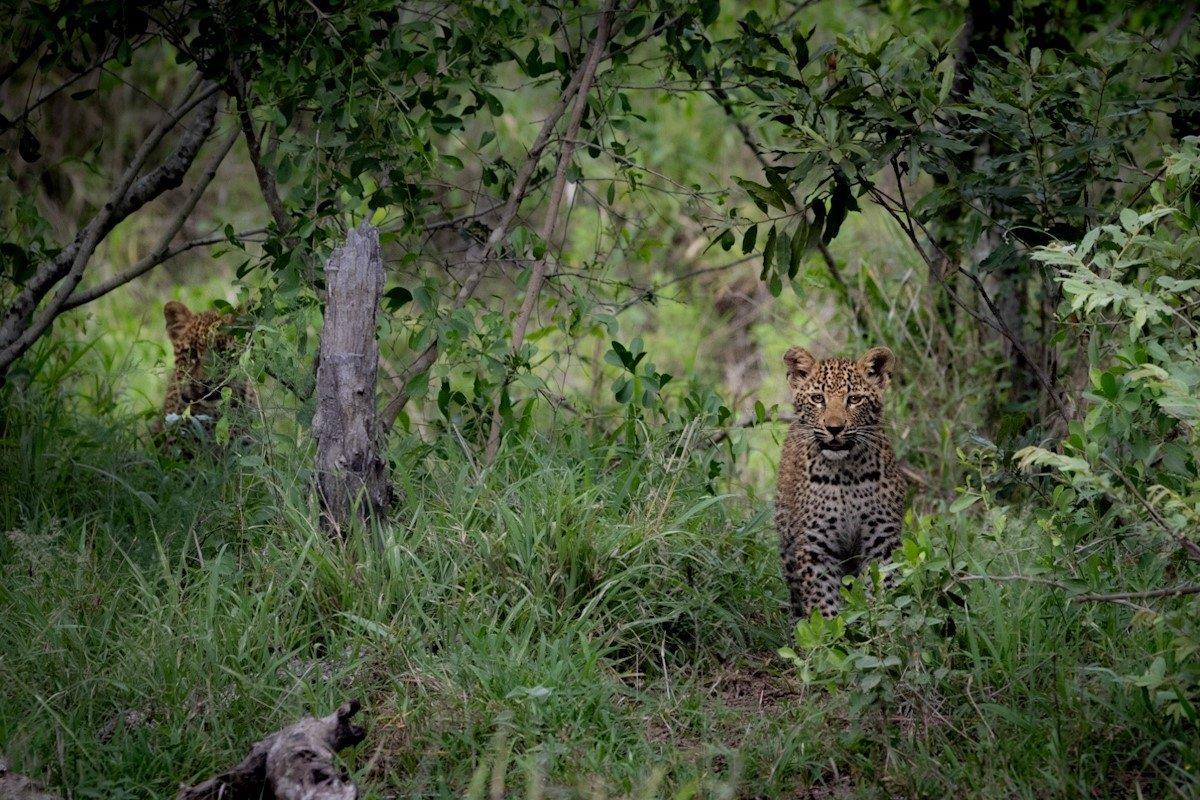
After a successful hunt, we found the Nottins male resting on a termite mound. With the remains of a young impala hanging in the tree above him, he overlooked the bush in search of his next meal, as such a small meal he just had wouldn’t satisfy his hunger for long. Leopards usually don’t hunt daily, but with the Impala lambing season in full swing, they use this opportunity to get an easy meal.
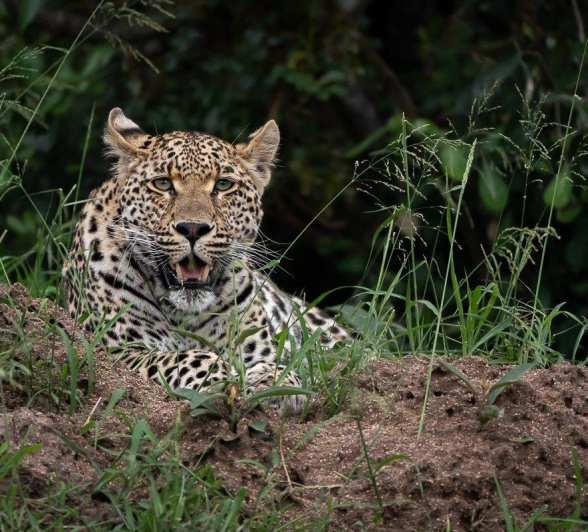
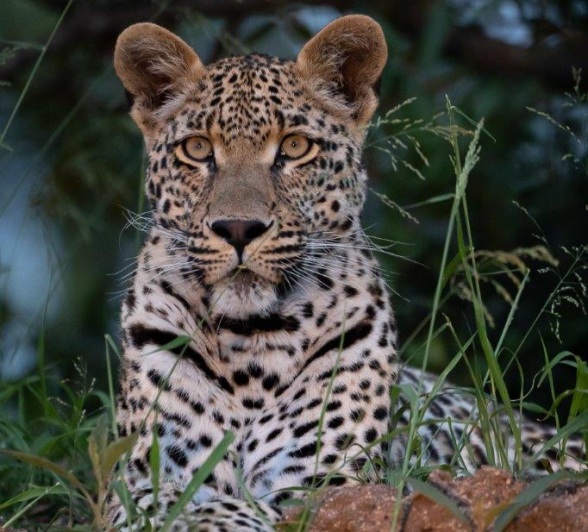
Wet and muddy conditions made for great tracking conditions on a cool, overcast morning. As we traversed the slippery landscape, a set of tracks caught the eye of tracker Donald: lions! We followed the tracks north. Hardened mud made the exercise trickier than first thought, but we stayed on the trail. As we followed the tracks down the road, it turned out the lions were looking for us. The Styx Pride females strolled down the road straight towards us. The young pride was on the move. A few lionesses had a splattering of red on their otherwise unstained fur; the nighttime must have been profitable for the pride. As it got warmer, they halted their determined movements and took rest in the sands of a small drainage line.
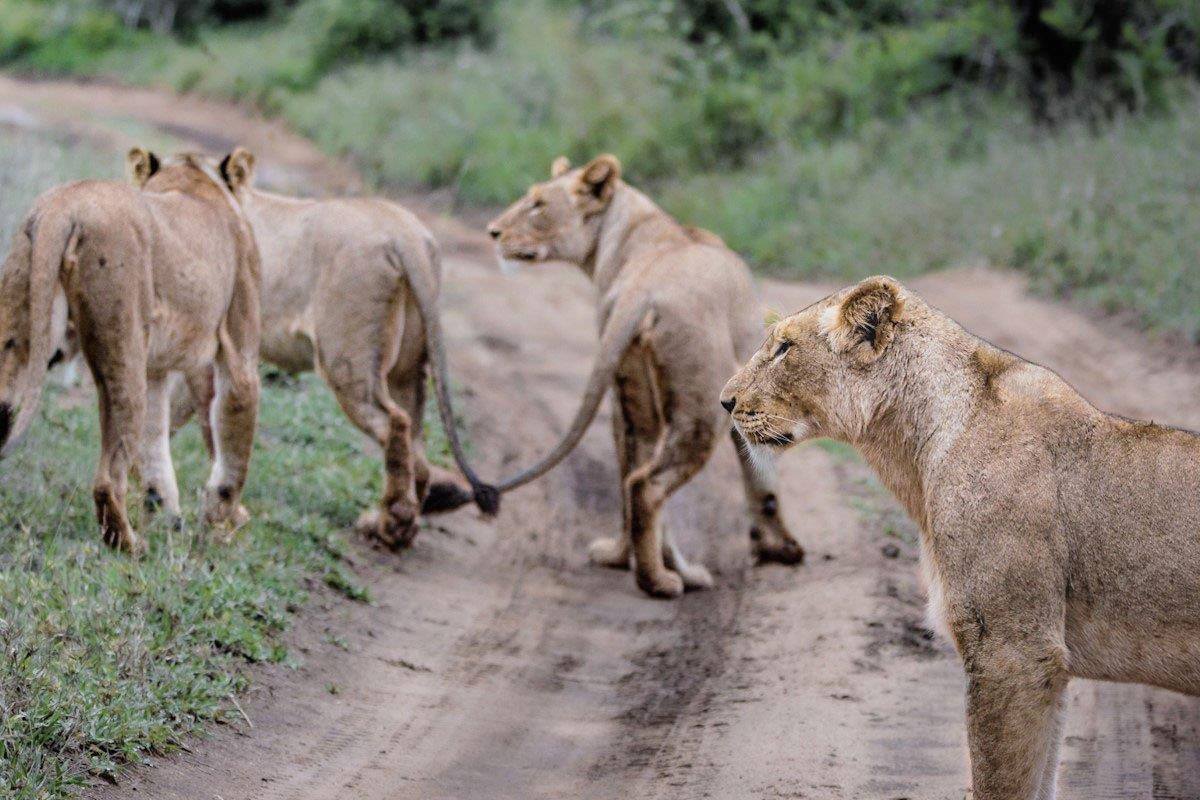
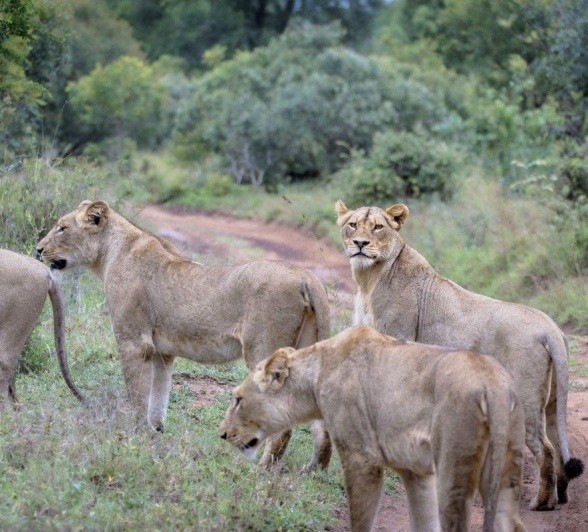
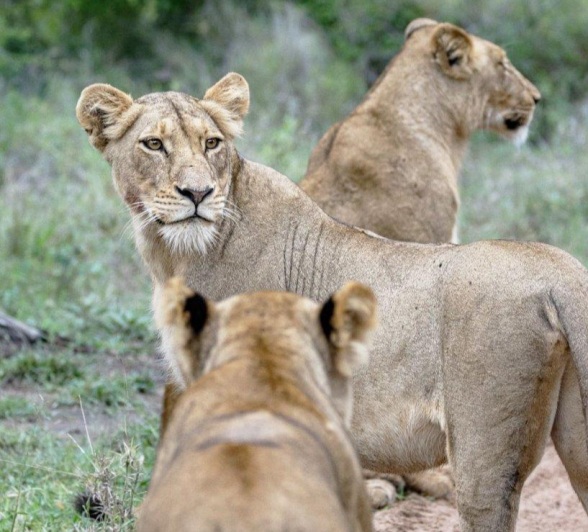
We found the Southern Pride first thing on our morning safari and spent some time with them. They took advantage of the cool and cloudy morning as they tried to stalk a few prey species around but quickly gave up as the morning sun peaked out and it got hotter. They retreated to the shade, where they would probably spend the rest of their morning. The cubs saw this as an opportunity to practice their hunting and stalking skills on their mom and two older sisters, but got tired quickly, falling asleep next to one another.
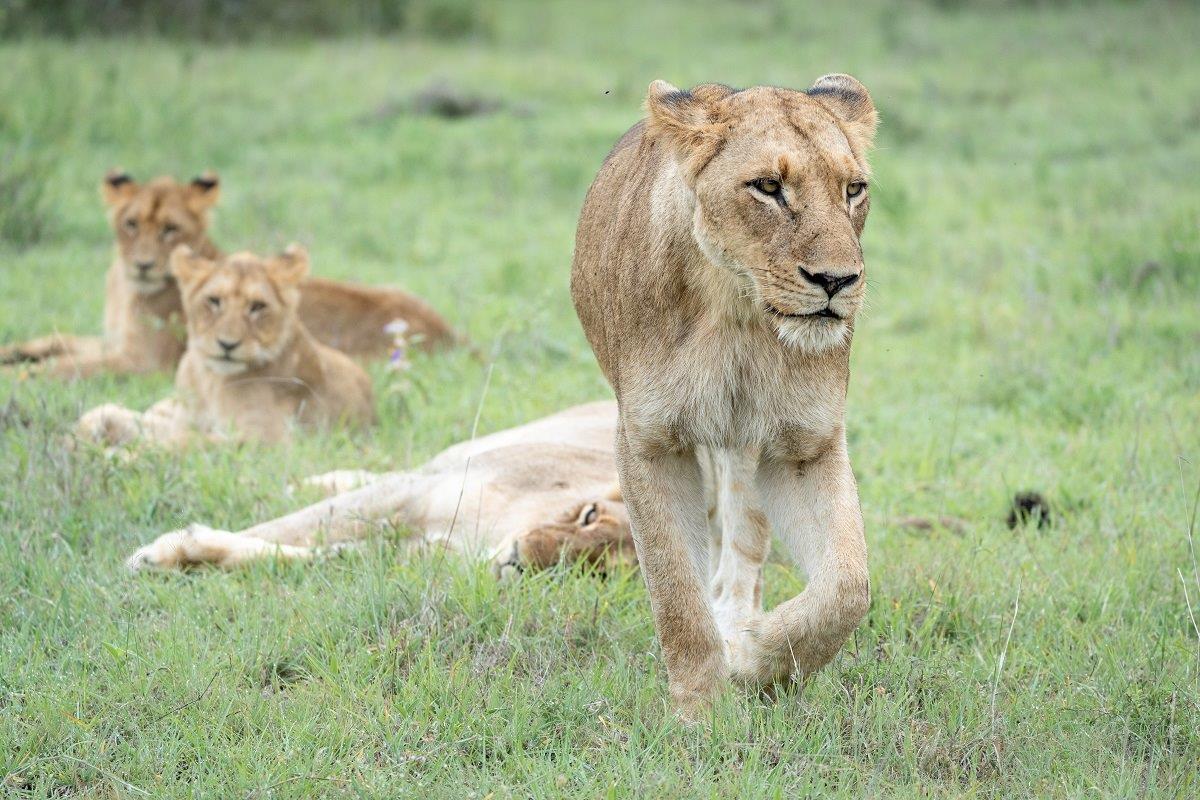
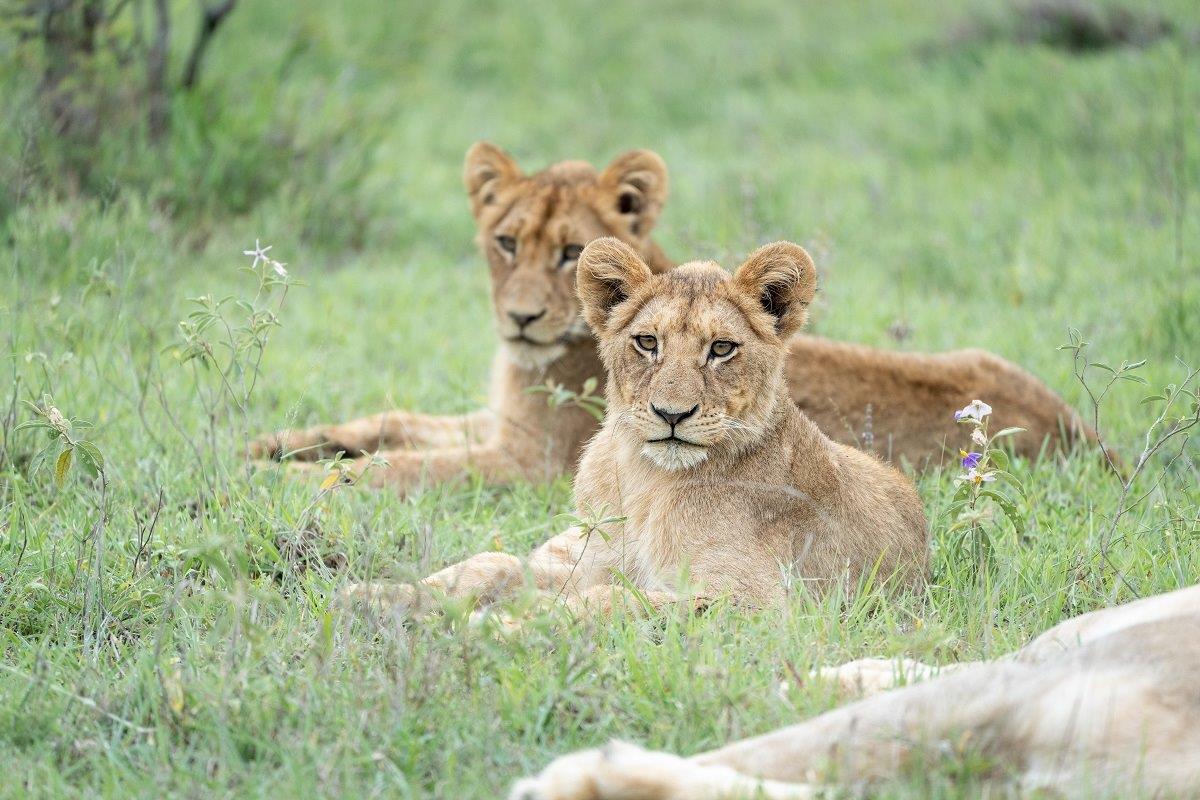
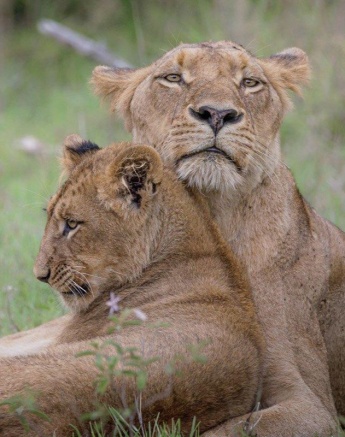
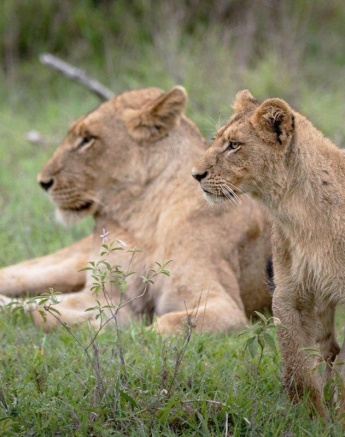
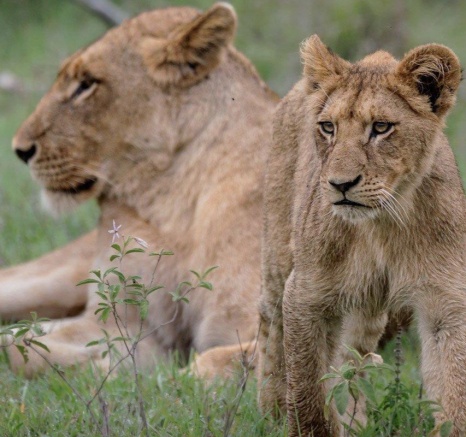
When going out on safari, there is always a bucket list of animals that you want to see. For most people, the Cheetah is relatively high on that list. We were lucky to have found this beautiful female just as she caught an impala. Cheetahs can be very skittish, especially when feeding because other predators so easily overpower them. They will eat quickly when feeding and ensure other predators are not ambushing them. Luckily, this female could finish her well-deserved meal before she disappeared into the thickets for the night.
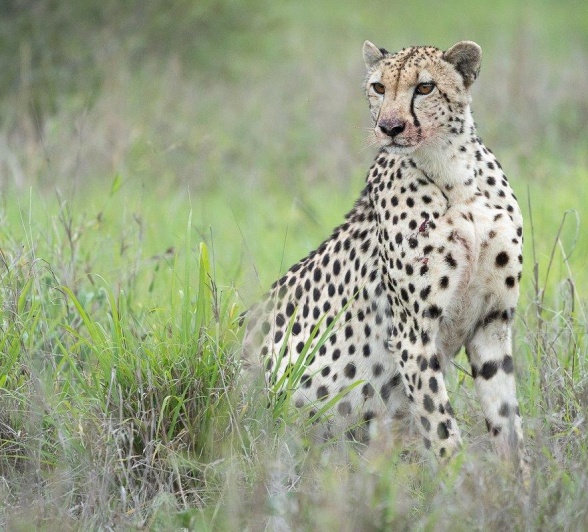
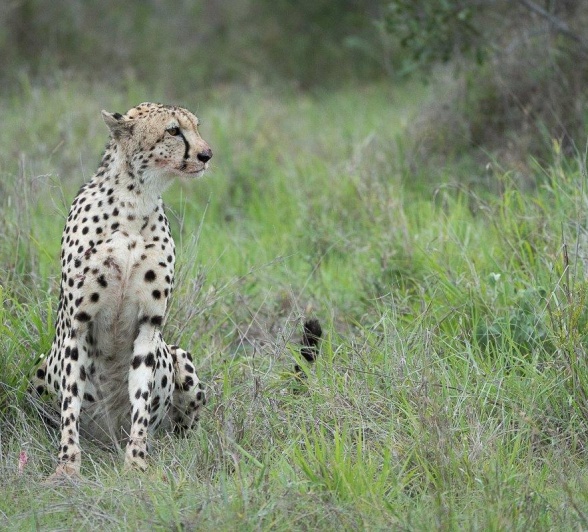
Until next time…
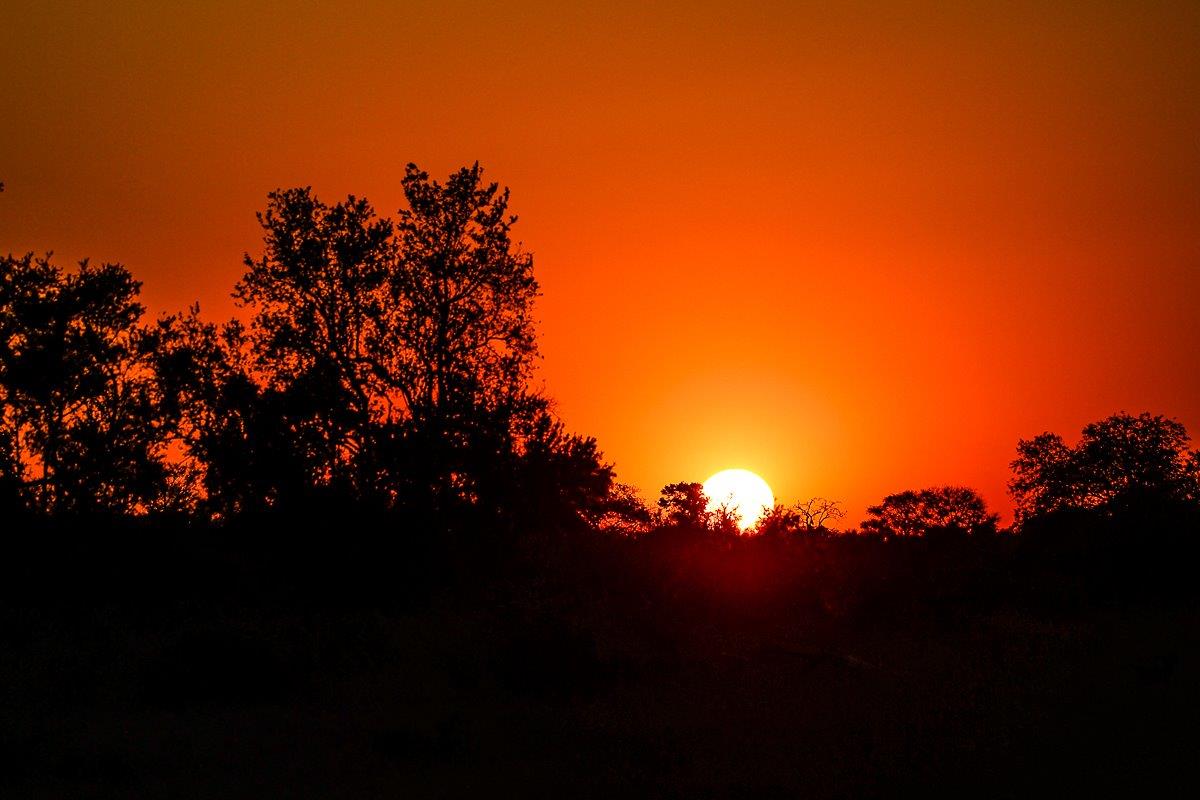
Blog by Wendy Claase
Images by Daniel Greyvenstein, Devon Jansen, Dieter Lategan, Jason Street and Ruan Mey







